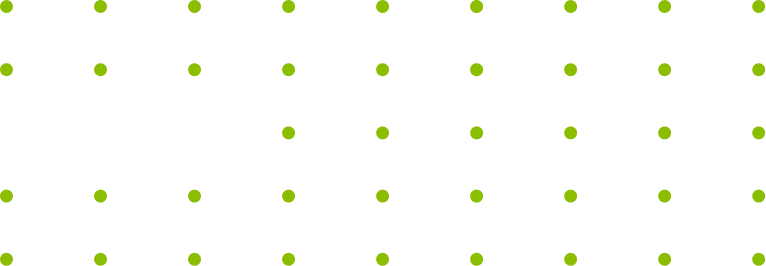Uterine myoma



OPERATIONS
Modern minimally invasive treatment of prolapse – lateral hysteropexy using the Dubuisson’s method. Stress urinary incontinence Tubal dropsy Vaginal surgery (vaginoplasty) Lowering of the reproductive system Infertility Uterine myoma Labia hypertrophy Ovarian cysts and ovarian tumors EndometriosisOPERATIONS
Uterine myoma are benign tumors that occur as a result of abnormal growth of uterine muscle cells. Hormonal disturbances and genetic predispositions contribute to their formation. Uterine myoma are distinguished according to their location into 3 types: submucosal, intramural and subserous. Every fifth woman has uterine myoma after 35 years of age and every second woman after 50 years of age which has not yet entered the menopause period is affected as well.
In the first phase of growth, uterine myoma does not have to cause any ailments, which is why without careful examination, they are often unrecognizable. The symptoms depend on the size of the myoma and their location. Depending on the location, uterine myoma can cause: painful and abundant menstrual bleeding, breakthrough bleeding, and abdominal pain. They may be the cause of infertility, miscarriage and preterm labor. Tumors can also put pressure on neighboring organs and contribute to problems with urination or constipation. It must be borne in mind that in about 1.5% of cases, myoma may turn into malignant tumors i.e. sarcoma.
The primary and only effective treatment of myoma is their removal with the performance of a histopathological examination. Sometimes it can be preceded by pharmacological treatment to reduce the volume of myoma and decrease their blood supply. Treatment of myoma may consist of their excision in the case of a desire to leave the uterus or remove the changed uterus shank, leaving a healthy cervix. Leaving the cervix does not affect the patient’s comfort. Due to the fact that the ligament apparatus remains intact during the procedure, it does not alter the anatomy of the birth routes from the vaginal side and therefore does not affect the sexual experience, does not cause symptoms of ovarian prolapse or urinary incontinence symptoms.
Laparoscopic treatment requires not only specialist laparoscopic equipment and a well-prepared operating theater, but also a highly experienced and trained surgical team. It is a procedure that requires high precision from the operator, and at the same time huge spatial imagination, as the course of the operation and manipulation of the micro tools is observed on the monitor screen. The treatment is performed under general anesthesia on an operating table resembling a gynecological chair. It is bent so that the patient is in the so-called Trendelenburg’s position, i.e. with the head slightly lower than the legs. At the beginning of the procedure, carbon dioxide is administered to the abdominal cavity through a special needle in order to produce pneumoperitoneum. The gas lifts the abdominal wall upwards and “pushes” the bowel allowing the insertion of laparoscopic instruments. Next, through a small, approximately 10-millimeter cosmetic incision in the navel, a camera and a source of light are inserted into the abdomen. A high-resolution, color image appears on the monitor at high magnification.
Through three 5 millimeter incisions above the pubic symphysis, additional micro tools are inserted into the abdominal cavity. Myoma are excised, and stitches in their places. Then, a special tool called the morcellator is inserted into the abdominal cavity through a slight enlargement of one of the previously made incisions. With its help, the uterus shank with myoma is “reduced” and removed from the abdominal cavity. Sometimes, at the end of the procedure, a special fluid is dripped into the abdomen to prevent adhesions. This is very important in the case of performing laparoscopy due to infertility. The patient is mobile about 6 hours after surgery.
A few hours after the procedure, the patient may drink fluids, and after the occurrence of intestinal peristalsis, she may begin to eat easily digestible foods. The patient is sent home the next day after surgery. Because the pain after surgery is very small, only common analgesics are to be used. After surgery, it is possible to return to daily activities after 3 days and to full activity after about 7-10 days.

